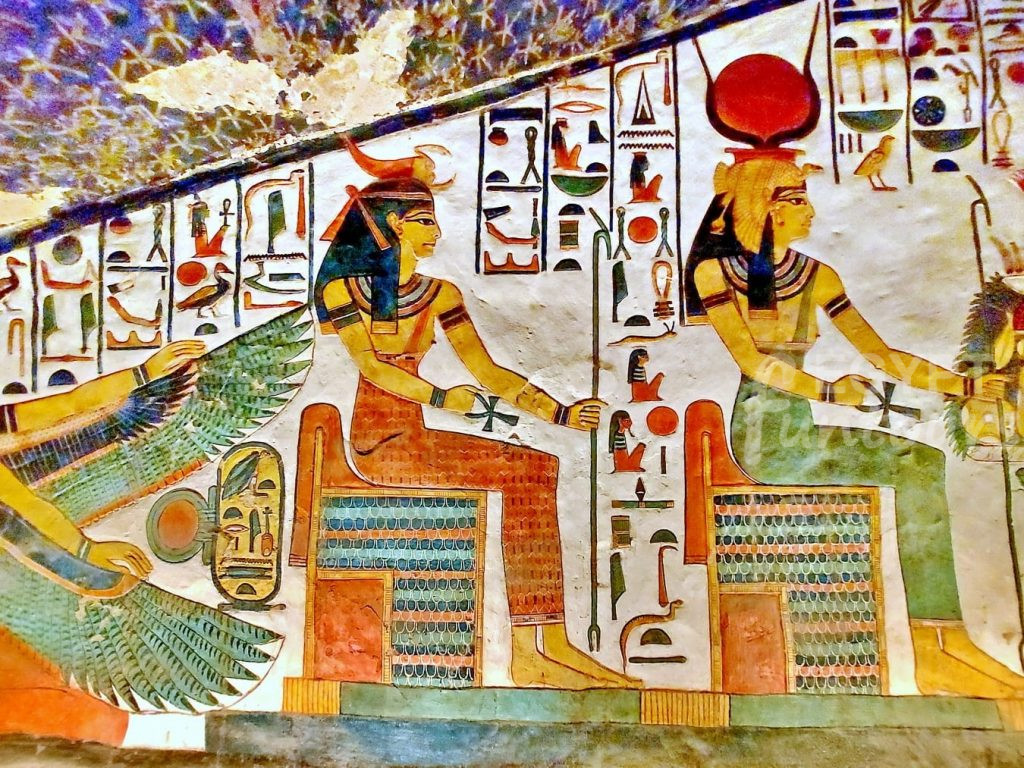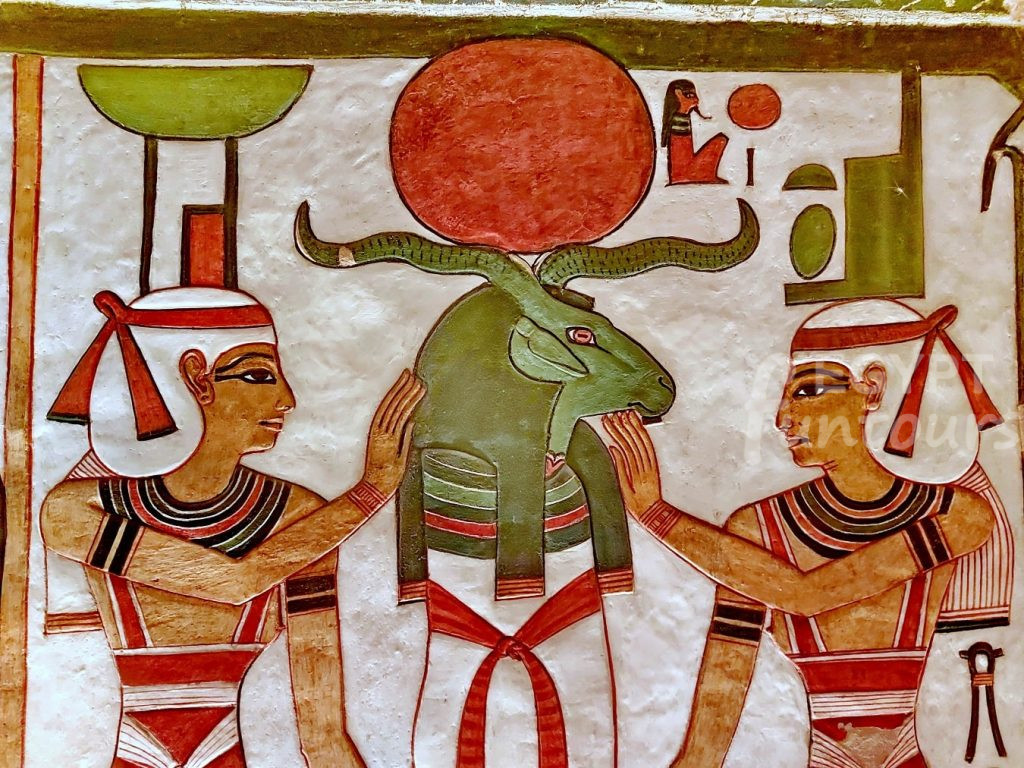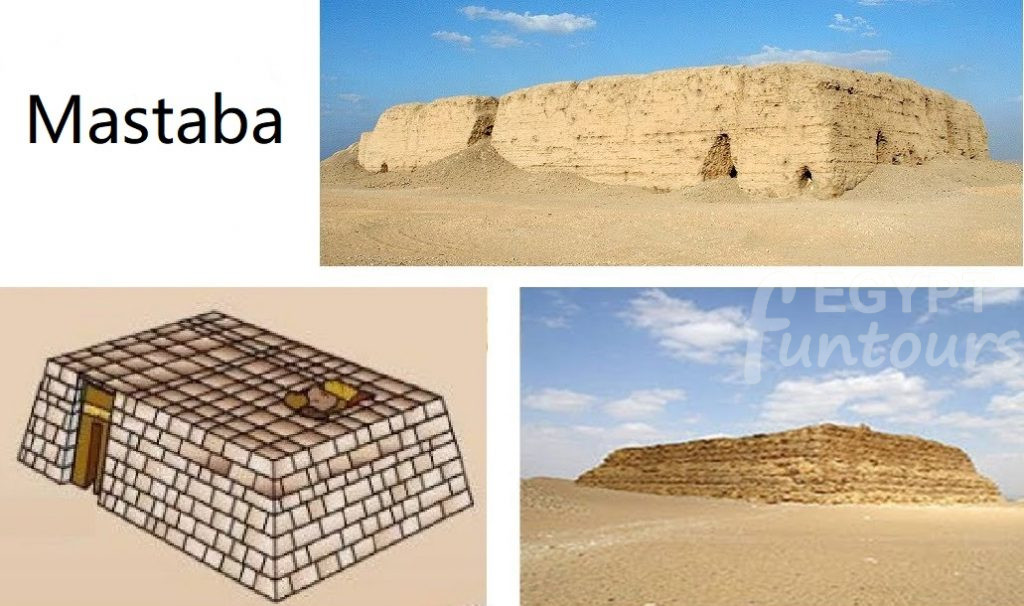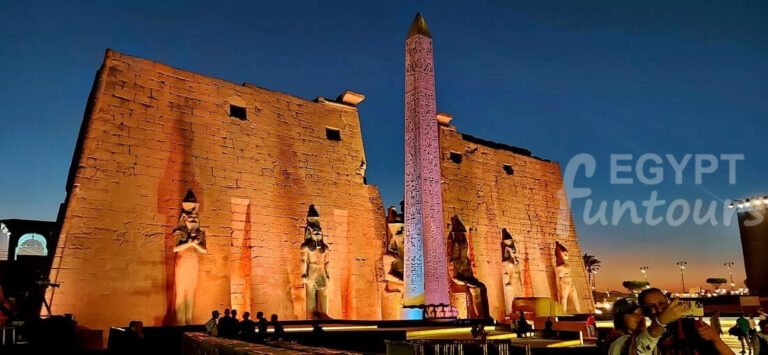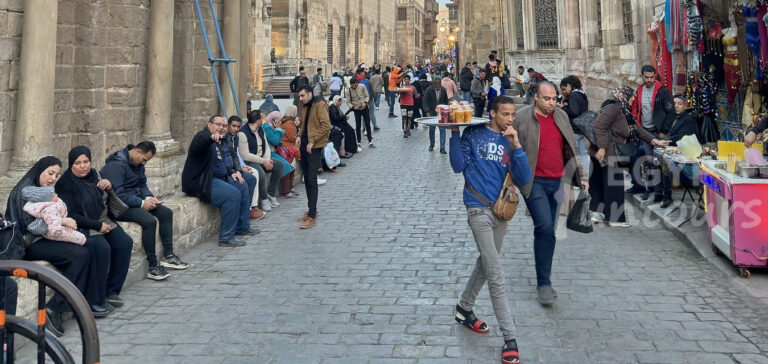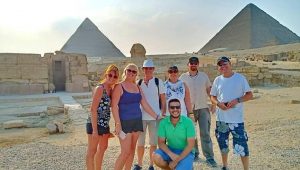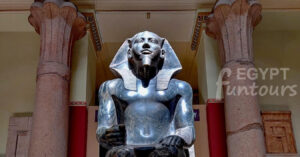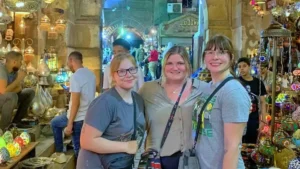Tombs in Ancient Egypt
Tombs in ancient Egypt played a crucial role in the beliefs and culture of ancient Egyptian society. They were constructed with great care and designed to protect the body of the deceased as they transitioned to the afterlife. Here is some research about tombs in ancient Egypt.
Importance of Tombs in Ancient Egypt
In ancient Egypt, the dead were believed to enter an afterlife, where they would spend eternity. The body needed to be preserved and protected, and the tomb provided this safe space for the body to rest. The ancient Egyptians believed that the body was necessary for the soul to continue into the afterlife, so they made sure to bury their dead with all the essentials they thought the person would need to live comfortably beyond death.
Construction and Design
The design and construction of Egyptian tombs evolved significantly over time. Early tombs were simple, but later ones became much more complex.
The earliest tombs consisted of simple mastabas. These were flat-roofed structures. Egyptians made them from mud brick. Later, they progressed to complex underground tombs made of stone. Early tombs were simple, single-chamber buildings. Later tombs could have multiple chambers. Corridors and staircases connected these chambers. Tombs often featured decorations. These included hieroglyphs, images of the pharaoh, and scenes of everyday life and the afterlife.
The Rise of Pyramids

Pyramids are also tombs! In the Third Dynasty, the mastaba developed into a pyramid-shaped mastaba. This consisted of many steps built one above the other. It formed the shape of a pyramid. Later, this became a complete pyramid, like those of King Senefru in Dahshur.
In the New Kingdom, royal tombs occupied one specific location: the Valley of the Kings. This served as the burial site for the pharaohs’ mummies. Meanwhile, Egyptians buried the Queens in the Valley of the Queens.
Evolution of Tombs in Ancient Egypt
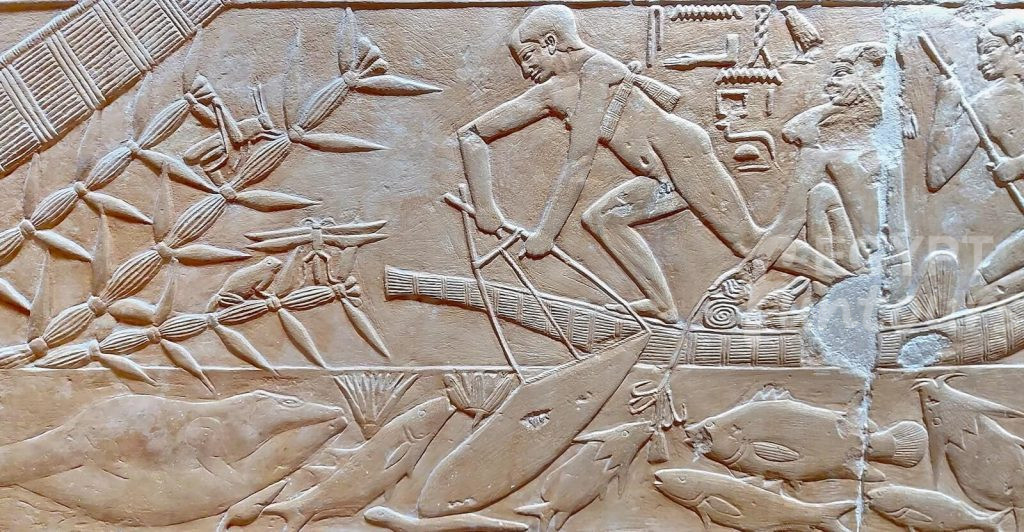
Ancient Egyptians built different types of tombs across various periods. Their styles changed over time.
Early Dynastic and Old Kingdom Tombs
During the Old Kingdom, specifically the 1st and 2nd dynasties, ancient Egyptians built mastabas. These were flat-roofed structures. They stood above a burial chamber. Later, during the 3rd, 4th, 5th, and 6th dynasties, tombs took the shape of pyramids. Kings continued to build pyramids for their graves during the Middle Kingdom.
New Kingdom Tombs
In the New Kingdom, rock-cut tombs in the Valley of the Kings became popular. Egyptians carved these tombs into the hillsides. They contained many burial chambers, corridors, and storage rooms. This gave tomb occupants more luxurious resting places. The pharaohs built tombs in another valley for the Queens.
Royal vs. High Official Tombs
Ancient Egyptian tombs fall into two main types: royal tombs and high official tombs. Royal tombs include the pyramids and the Valley of the Kings. High official tombs include the mastabas at Saqqara and Giza. A significant difference exists between these two sorts.
Tomb Imagery
Royal tombs feature images focusing on the afterlife. High official tombs, however, primarily depict daily life. You expect to see representations of deities on royal tomb walls. Examples include the Valley of the Kings and the Valley of the Queens in Luxor. Royal tomb images show the king or queen standing before a deity or goddess. They also contain religious writing and portrayals of the afterlife and the last judgment. In contrast, high official tomb scenes include fishing, harvesting, manufacturing, and breeding animals and birds.
The Mastaba
The Royal Tomb evolved from a basic shaft beneath the earth to a modest structure above ground (known as a Mastaba), then to the shape of a pyramid, and finally to a massive Tomb cut into a mountain in a valley! The high official tomb began as a modest shaft under the earth, progressed to a Mastaba, and then to a tomb cut in a mountain.
Both sorts of burials can only be discovered on the Nile’s Western bank, since the ancient Egyptians believed in the Sun as their principal deity; hence, morning gave them life and sunset gave them death.
Burial Goods
The ancient Egyptians believed that the dead required food, drink, and other necessities in the afterlife, so they would place various objects in the tomb. Burial goods included food, clothing, jewelry, furniture, and other items. The tomb would also include elaborate funerary texts to aid the deceased in the afterlife, such as the Book of the Dead.
Significance of tombs in Ancient Egypt
The tombs of ancient Egypt are significant because they provide an insight into the culture, beliefs, and daily lives of ancient Egyptians. The art and writings found on the tombs depict how they viewed death; their religious beliefs, hieroglyphics, and carvings describe the daily life of the ancient Egyptians’ clothing, food, and other property they had.
In conclusion, tombs were an integral part of ancient Egyptian society’s culture, religious beliefs, and social status. They were carefully designed and decorated to ensure the deceased was kept safe in the afterlife, and burial goods were placed for that purpose. Tombs provide valuable insight into ancient Egyptian society and their religious beliefs.


